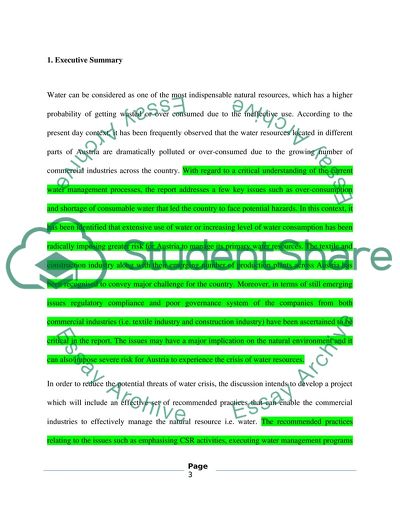Cite this document
(Water as a Resource in Austria Research Paper Example | Topics and Well Written Essays - 2000 words, n.d.)
Water as a Resource in Austria Research Paper Example | Topics and Well Written Essays - 2000 words. https://studentshare.org/environmental-studies/1815162-historical-context-of-sustainability-project-water-as-a-resource-in-austria
Water as a Resource in Austria Research Paper Example | Topics and Well Written Essays - 2000 words. https://studentshare.org/environmental-studies/1815162-historical-context-of-sustainability-project-water-as-a-resource-in-austria
(Water As a Resource in Austria Research Paper Example | Topics and Well Written Essays - 2000 Words)
Water As a Resource in Austria Research Paper Example | Topics and Well Written Essays - 2000 Words. https://studentshare.org/environmental-studies/1815162-historical-context-of-sustainability-project-water-as-a-resource-in-austria.
Water As a Resource in Austria Research Paper Example | Topics and Well Written Essays - 2000 Words. https://studentshare.org/environmental-studies/1815162-historical-context-of-sustainability-project-water-as-a-resource-in-austria.
“Water As a Resource in Austria Research Paper Example | Topics and Well Written Essays - 2000 Words”. https://studentshare.org/environmental-studies/1815162-historical-context-of-sustainability-project-water-as-a-resource-in-austria.


